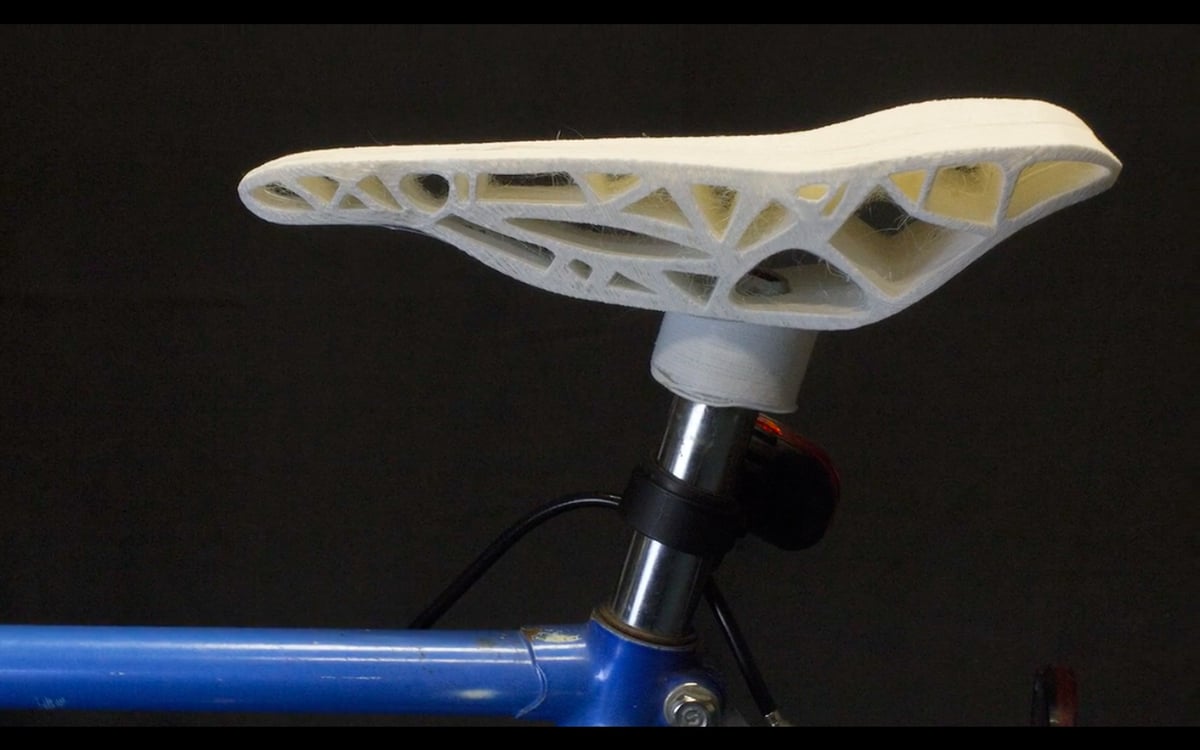Forté is a real-time, 2D design tool which automatically takes your idea and optimizes the properties based on simple parameters that you intuitively map out.
Generative software can be a great tool for experienced designers, especially if you want to experiment and iterate fast. But there‘s a problem: Most generative 3D design programs let you just fill numbers into boxes. Unfortunately, mostly they are difficult and uninspiring. Your design needs to be drawn to a small number of mathematical input parameters.
But, the relationship between such parameters and a generated design is often unclear. This can make iterating a design with optimized properties very challenging, as most designer’s brains just don‘t work that way.
However, Forté is an interesting design tool which could make this process easier and certainly provides funkier designs in the process. A research from Carnegie Mellon University, Anthony Chen, created the interactive sketch tool. Chen explains on his website: “I study, design, and build user interface systems that enable people to interact with an eco-system of devices, from wearables, mobiles, appliances to 3D printers.”
Forté enables you to create optimized designs for 3D printers, laser cutters, and CNC milling machines. Chen’s latest tool works in real-time and enables you to simply sketch out a basic design in 2D, set the load and the boundary conditions (such as the ground), play around with the similarity setting and get a completely different variation on your idea.
Forté Creates Better Performing Variations of Your Designs
If you’re inexperienced with creating designs, or simply prefer sketching in 2D, Forté allows you to draw in the carefree manner of a child and then helps you to input parameters intuitively. It’s also a lot easier to use than many 3D modeling systems.
In fact, on command, the system can add structures, offer you a better performing variation of your design and optimize internal material layouts. So long as the load and boundary conditions are correct, Forté will take over.
It can change either the internal material structure, add, reinforce or expand your sketch or create a new variation. This all depends on the sliding scales controls.
For example, if you’re happy with your design and don’t want it to change too drastically, you would set the similarity slider to control this.
After your design is finished, you can also use the eraser tool and perform edits. This then prompts the tool to change and update according to the new information it receives.
Chen has already tested the tool out with ten participants. They created interesting designs such as a coat rack, crutch, and bow to buildings, stadiums and cranes. The style is similar, but the optimized designs are an interesting mix.
In order to give other examples of objects the tool can optimize, Chen created a shoe, a bike seat, a table and a reading chair. You can try out Forté for yourself by downloading it from GitHub. Or, read more about it in this paper.
Source: Xiang ‘Anthony’ Chen Website

License: The text of "Forté Lets you Draw in 2D, Creates 3D Generative Designs Automatically" by All3DP is licensed under a Creative Commons Attribution 4.0 International License.